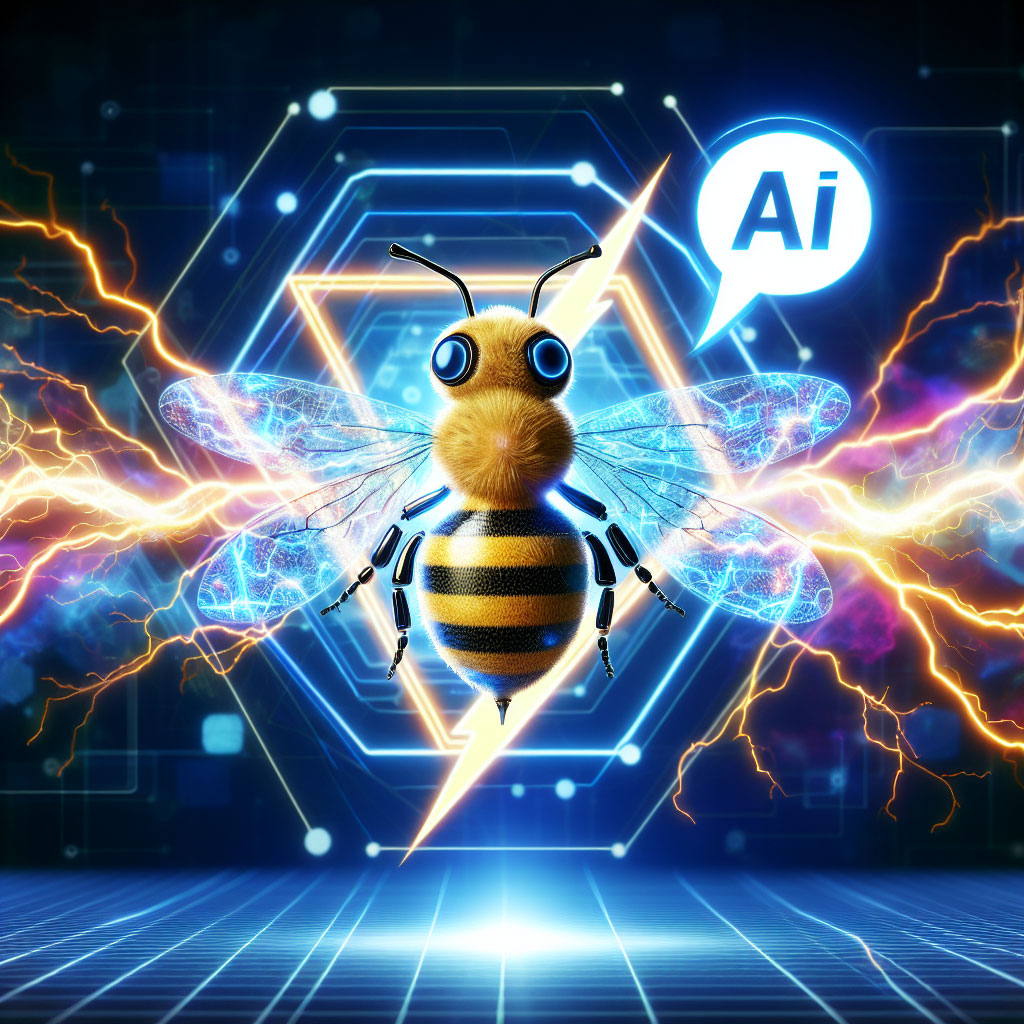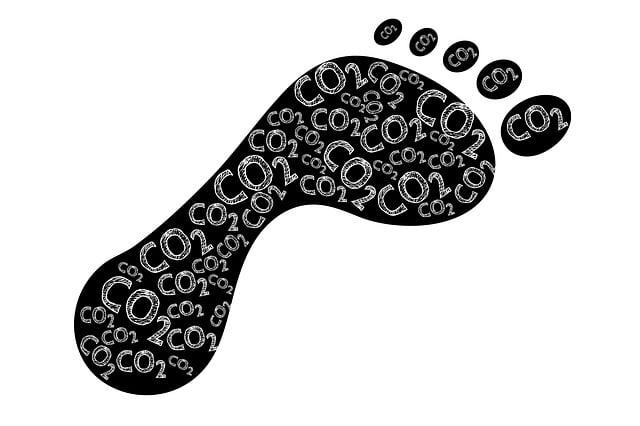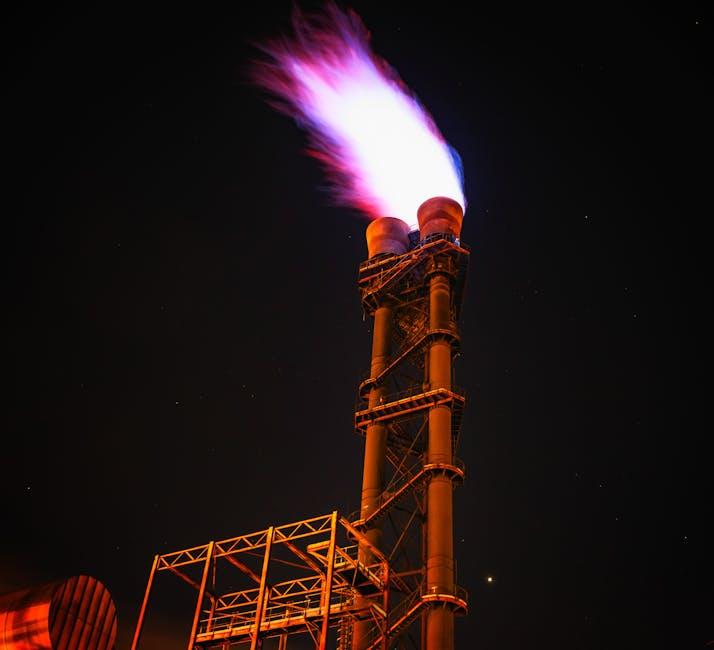On the progress side, adopting lightweight models or pruning models without compromising performance helps in trimming energy consumption. Implementing adaptive response systems that adjust complexity based on user needs ensures resources aren’t wasted on overcomplicated answers. To put this into outlook, the table below offers a snapshot of common practices with potential energy savings:
| Practice | Potential Energy reduction | Impact Level |
|---|---|---|
| Concise Query Input | 15-20% | Medium |
| Batch Processing | 30-40% | High |
| Lightweight Model Deployment | 25-35% | High |
| Adaptive Response Systems | 10-15% | Low to Medium |
| Energy-Saving Modes | Variable | Medium |






